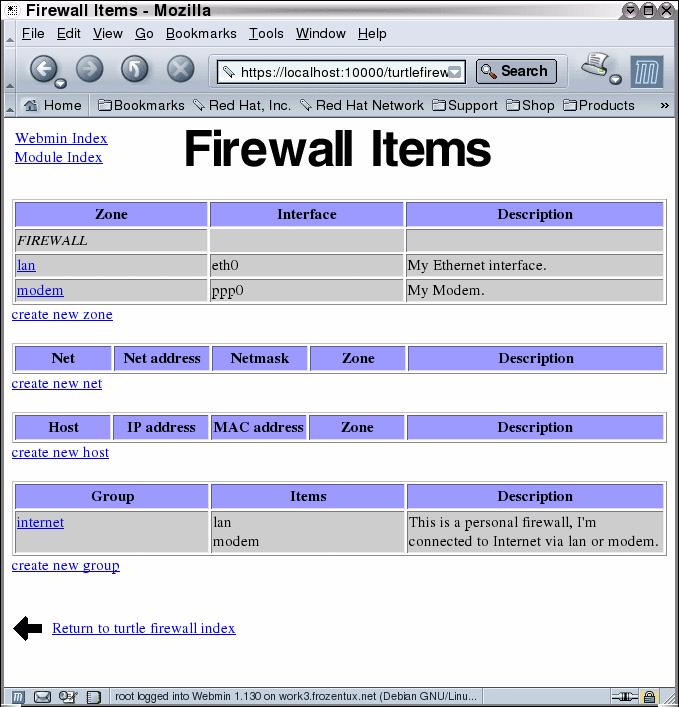

Since this is for the response rule (for the corresponding incoming request) that goes out from the server, this should be OUTPUT. iptables -A OUTPUT: Append the new rule to the OUTPUT chain.iptables -A OUTPUT -o eth0 -p tcp -sport 22 -m state -state ESTABLISHED -j ACCEPT Next, Allow outgoing (ESTABLISHED state only) SSH connection response (for the corresponding incoming SSH connection request). ESTABLISHED state is used for all further request from the client to the server. The 1st time when a SSH connection request is initiated from the client to the server, NEW state is used. In this example, only NEW and ESTABLISHED states are allowed.
–state NEW, ESTABLISHED: Options for the “state” matching module.We’ll discuss more about “-m” option (and all available matching modules for iptables) in future article. -m state: This indicates that the “state” matching module is used.–dport 22: This refers to the destination port for the incoming connection.-p tcp: Indicates that this is for TCP protocol.For incoming connections, this always has to be ‘-i’. -i eth0: This refers to the input interface.For incoming connection request, this always has to be INPUT. iptables -A INPUT: Append the new rule to the INPUT chain.iptables -A INPUT -i eth0 -p tcp -dport 22 -m state -state NEW,ESTABLISHED -j ACCEPT Once the incoming ssh connection is allowed, we also need to allow the response back for that incoming ssh connection.įirst, Allow incoming SSH connection request, as shown below. First, we need to allow incoming new SSH connections. i.e You can ssh to your server from outside. This is to allow SSH connection from outside to your server. Response rule: This is for the response that goes out from the server to the client (for the corresponding incoming request).


This indicates that the default chain policy is ACCEPT. However, we didn’t restrict the outgoing traffic.Īs you notice below, it says “(policy ACCEPT)” next to all the three chain names (INPUT, OUTPUT, and FORWARD). In the above 3 steps we dropped all incoming packets at the end (except incoming ssh). So, both the INPUT and OUTPUT chain’s default policy is ACCEPT. If you don’t what what a chain means, you better read our iptables introduction article. One problem with the above steps is that it doesn’t restrict the outgoing packets.
#Iptables netmap example how to#
We also explained how to allow incoming SSH connection.
#Iptables netmap example series#
In our previous IPTables firewall series article, we reviewed how to add firewall rule using “iptables -A”.


 0 kommentar(er)
0 kommentar(er)
